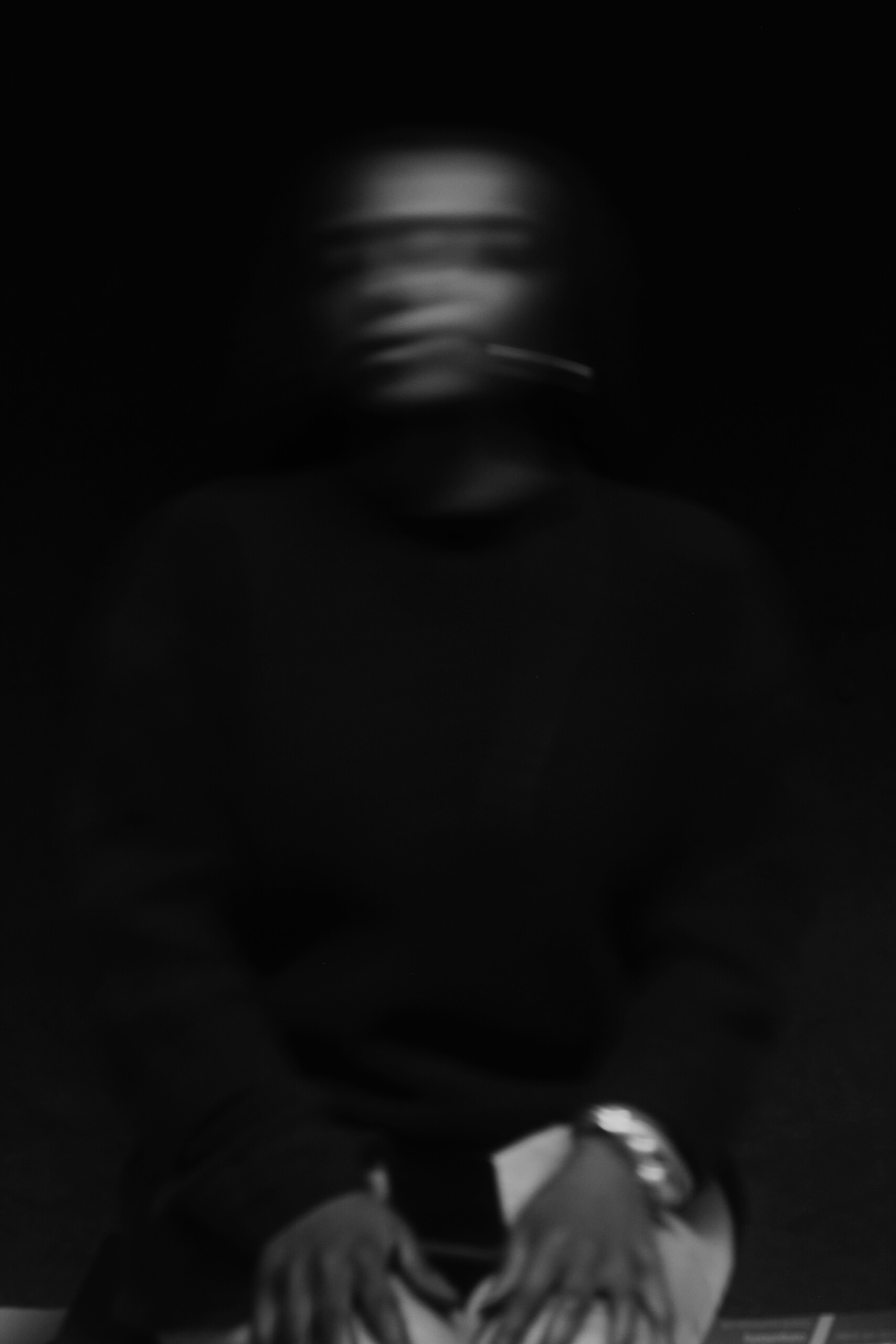Rebecca Bellantoni, Bhajan Hunjan, Onyeka Igwe, Zinzi Minott and Dominique White are the finalists of the ninth edition of the Max Mara Art Prize for Women 2022-2024, one of the most significant awards in the contemporary art scene. Promoted by Whitechapel Gallery, Collezione Maramotti and Max Mara, the award was established in 2005 and is awarded every two years, with the aim of supporting the research of emerging artists, based in the United Kingdom.
Continuing on the methodology of collaboration between artistic institutions and fashion houses, the Max Mara Prize provides for an articulated path. The winner is offered a period of residence in Italy lasting six months, tailored to the artist and the proposal submitted for the award. During the residency, organized by the Maramotti Collection, the artist has the opportunity to create a new ambitious project, which is subsequently exhibited in two important personal exhibitions, at the Whitechapel Gallery in London and at the Collezione Maramotti in Reggio Emilia which ultimately acquires the work. Winners of the past editions were Margaret Salmon (2005-2007), Hannah Rickards (2007-2009), Andrea Büttner (2009-2011), Laure Prouvost (2011-2013), Corin Sworn (2013-2015), Emma Hart (2015-2017), Helen Cammock (2017-2019), Emma Talbot (2019-2022).
For the 2022-24 edition of the award, the artists were selected by a jury made up of the gallery owner Rozsa Farkasby the artist Claudette Johnsonby the writer Derica Shields and by the collector Maria Sukkar. Usually chaired by the Director of Whitechapel Gallery – which until a few months ago it was Iwona Blazwick – the jury of the 2022-24 edition was instead led by the guest curator Bina von Stauffenberg. The winner will be named in the spring of 2023.
This weekend the artists went to the Maramotti Collection in Reggio Emilia, to attend the official announcement and the inauguration of the great project “The Age / The Age”, created by the eighth winner of the prize, Emma Talbot (who talked about it in this interview) and exhibited for the first time at the Whitechapel Gallery last summer.
“Today, in an age where women’s rights continue to be challenged, making sure female artists are supported and heard around the world couldn’t be more urgent and important,” said Bina von Stauffenberg, president of the jury. , commenting on the announcement of the finalists of the Max Mara Art Prize for Women. “For over a decade, this one-of-a-kind award has enabled artists who identify themselves as women, at different times in their careers, to develop their potential in extraordinary ways. Thanks to a six-month residency in Italy and the resources to produce a major new commission, this award offers them the time, space and support they need ».
The finalists of the Max Mara Art Prize for Women
Rebecca Bellantoni
Born in 1981, Rebecca Bellantoni lives and works in London. Her practice is articulated through different media, including moving images, installations, performances, photographs, fabrics, prints, sculptures, sound texts and ceramics, drawing from everyday life to transform it into abstract representations. Exploring disciplines such as metaphysics, comparative theology, philosophy, religion, spirituality and their aesthetics through the layered lens of writings (both fiction and non-fiction) by black authors, the artist seeks to separate and discern the concepts of acceptance / expectation of the “real” and experience of the “real”. In doing so, she examines how these boundaries – generally suppressed – can offer meditative experiences and act as portals to access one’s self, as well as shape collective reflections and healing thoughts and actions.
Bellantoni’s recent project, “CRY: Concrete Regenerative Yearnings”, reflects on the city, its multiple worlds, its materials (industrial and natural) in relation to the psyche, soul and body of the citizen. Her research is inspired by black women’s idea of geography Katherine McKittrickand the writings of Édouard Glissant on the role of the landscape and the built environment on the psyche and on the cultural production of a colonized people.
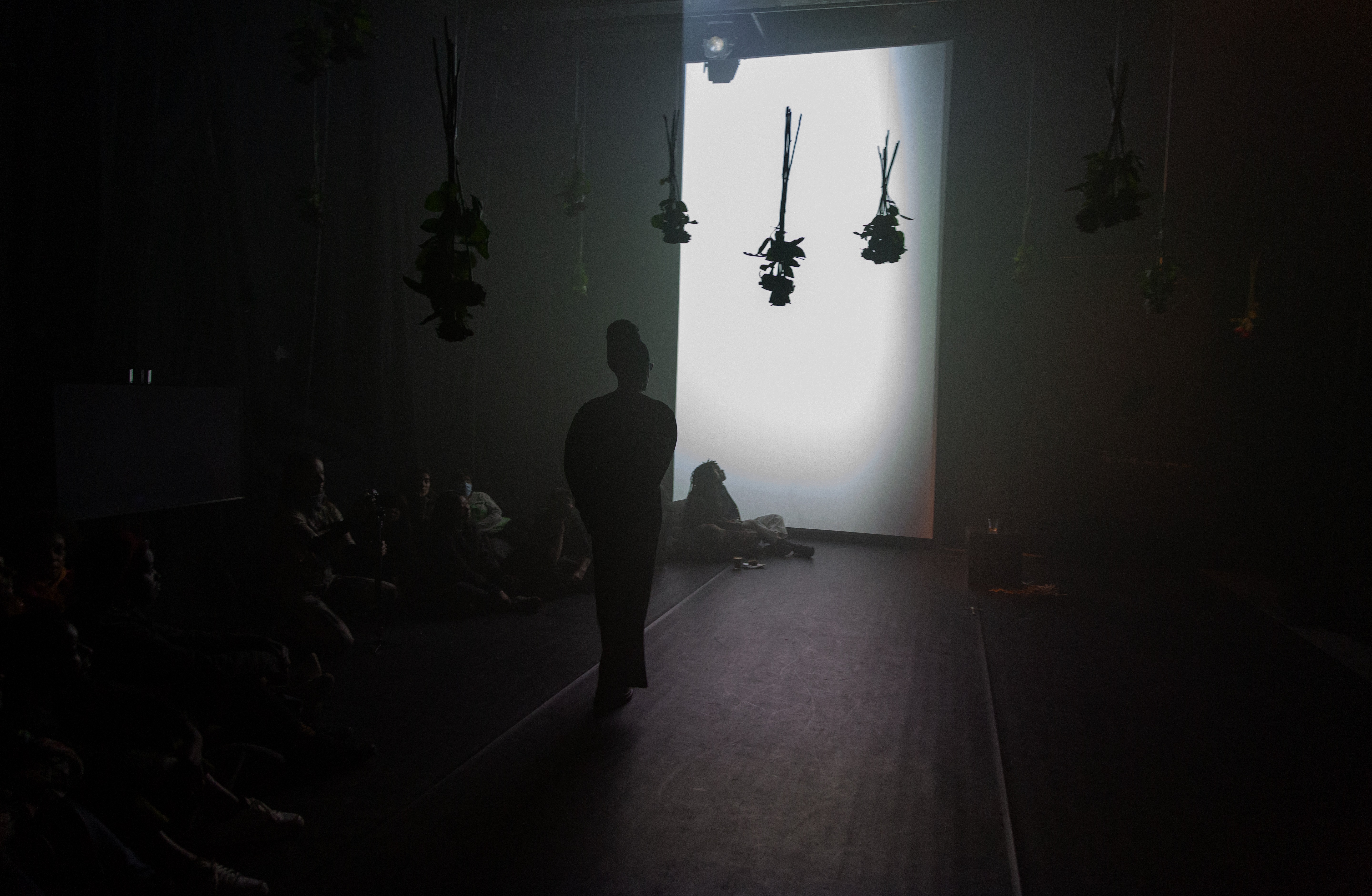
Bhajan Hunjan
Born in Kenya in 1956 to Indian parents, Bhajan Hunjan moved to the UK to study painting and graphic arts. After graduating from the University of Reading and the Slade School of Art, she became associated with the emerging movement of Black British Art. Since then she has developed a very personal visual language made of floating lines, colors and shapes with a symbolic character, repetitions and calligraphic motifs that draw on both the Sikh culture, from which it comes, and the artistic tradition of abstraction, to encourage viewers to reflect on certain social, spiritual and emotional contexts.
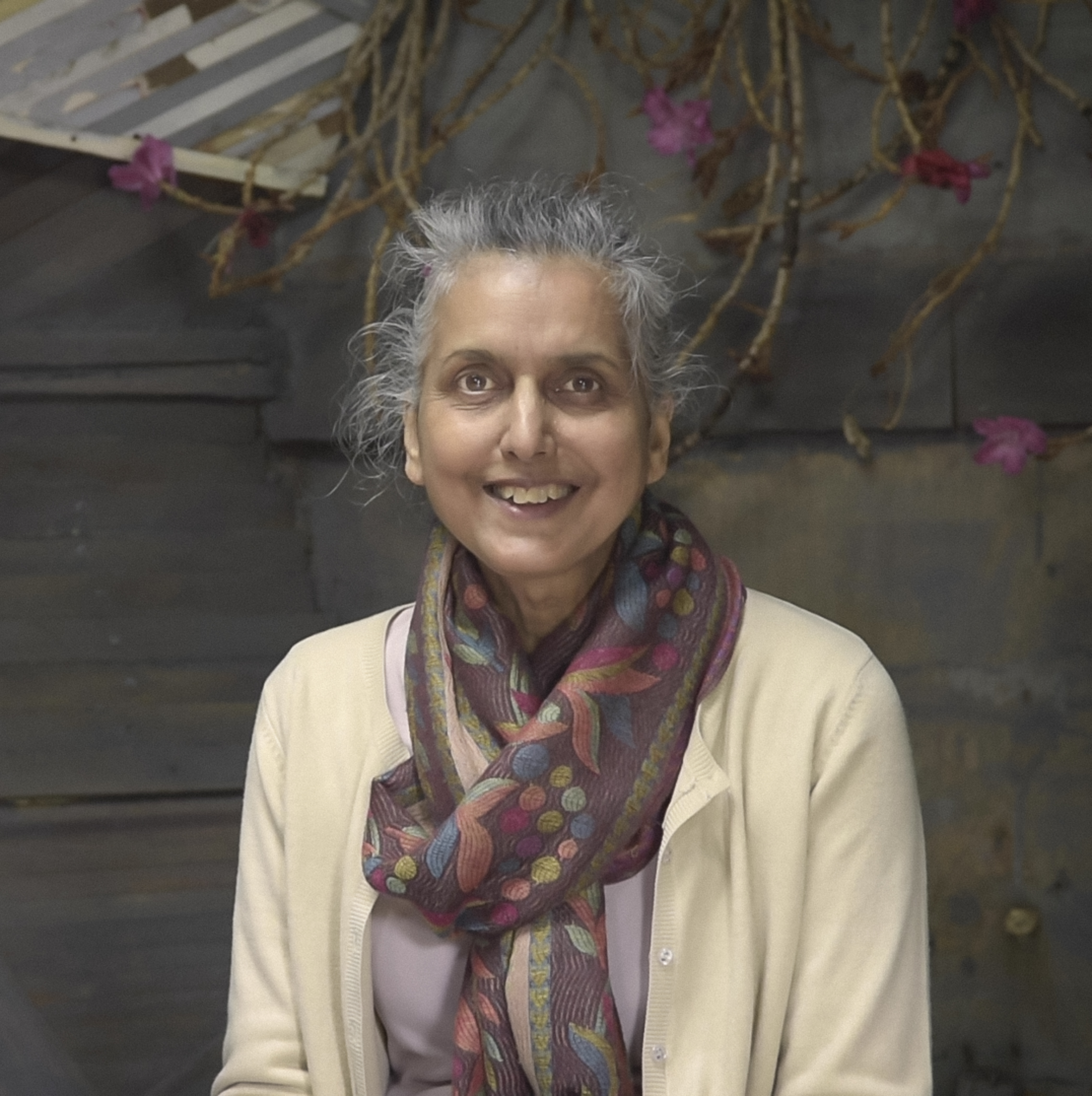
Hunjan often worked on public art commissions, made of concrete, metal and stone. These works, if site-specific, are always conceived in consultation with the local communities and in various cases are produced in collaboration with other local artists and women’s groups. Among her most recent works is the installation inside the Exbury Egg (2021), created during her stay in Thamesmead.
Hunjan is also passionately dedicated to the activity of an artistic educator, working with young people and families to create both temporary and permanent site-specific installations. Currently Bhajan is artist-in-residence at the Maria Lucia Cattani Project and the Runnymede Explore / Stories Project with the National Trust.
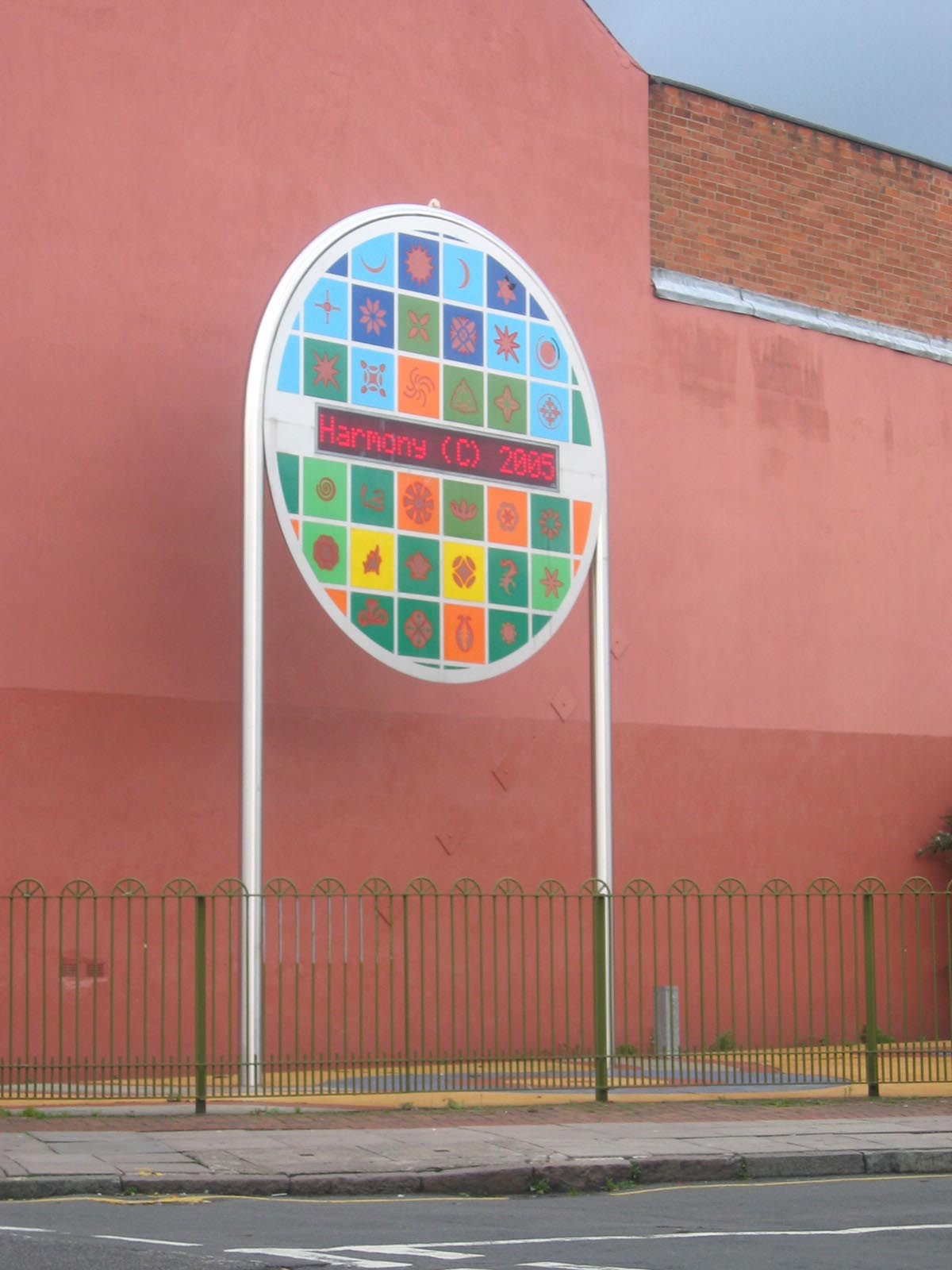
Onyeka Igwe
Born in 1986, in London, Onyeka Igwe is an artist and researcher who works between cinema and installation. Igwe’s work is animated by the question “how do we live together?”, Showing a particular interest in the ways in which sensory, spatial and non-canonical forms of knowledge can provide answers to this question.
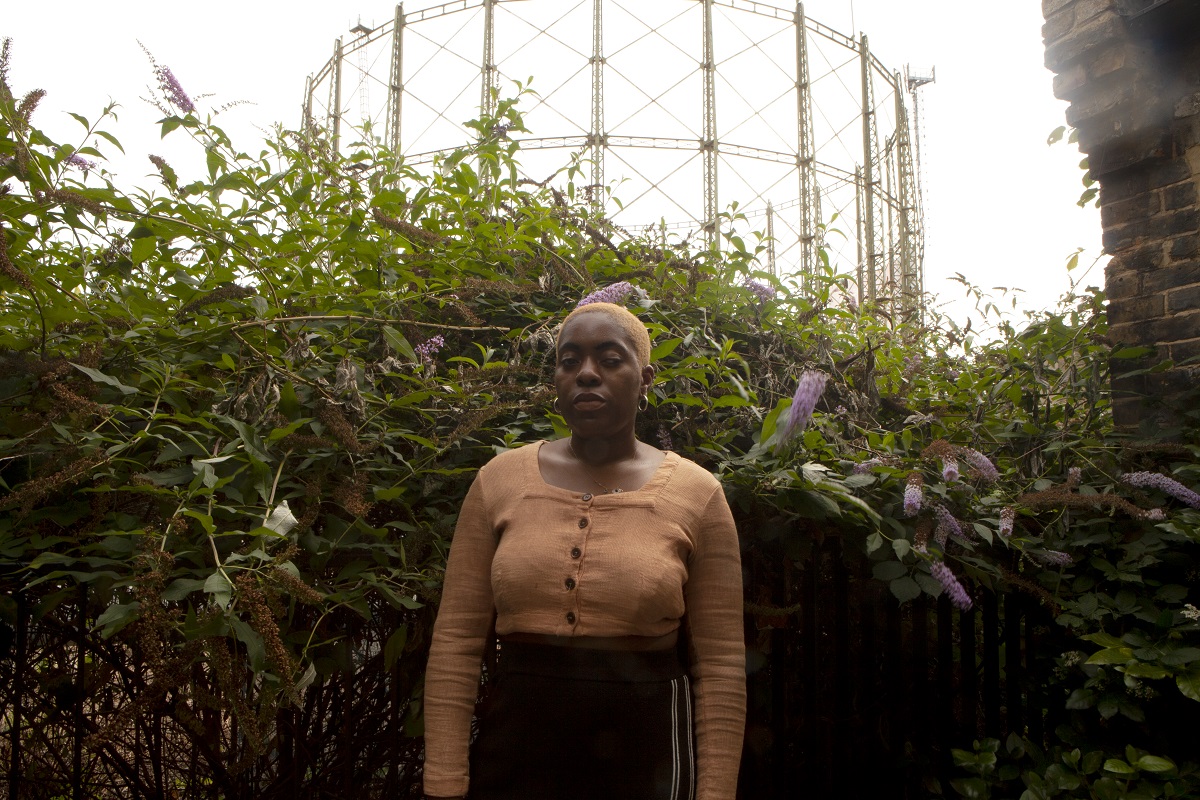
Igwe has exhibited his work in the UK and abroad in the context of film festivals and in galleries. The artist is currently working on future commissions for The Common Guild and FLAMIN Productions, and is collaborating with Huw Lemmey for his exhibition at Studio Voltaire in London. She received the New Cinema Award at the Berwick Film and Media Arts Festival in 2019 (UK), the 2020 Arts Foundation Fellowship Award for Experimental Film (UK), the 2021 Foundwork Artist Prize (USA) and is one of the 2022 Jarman finalists. Award (UK).
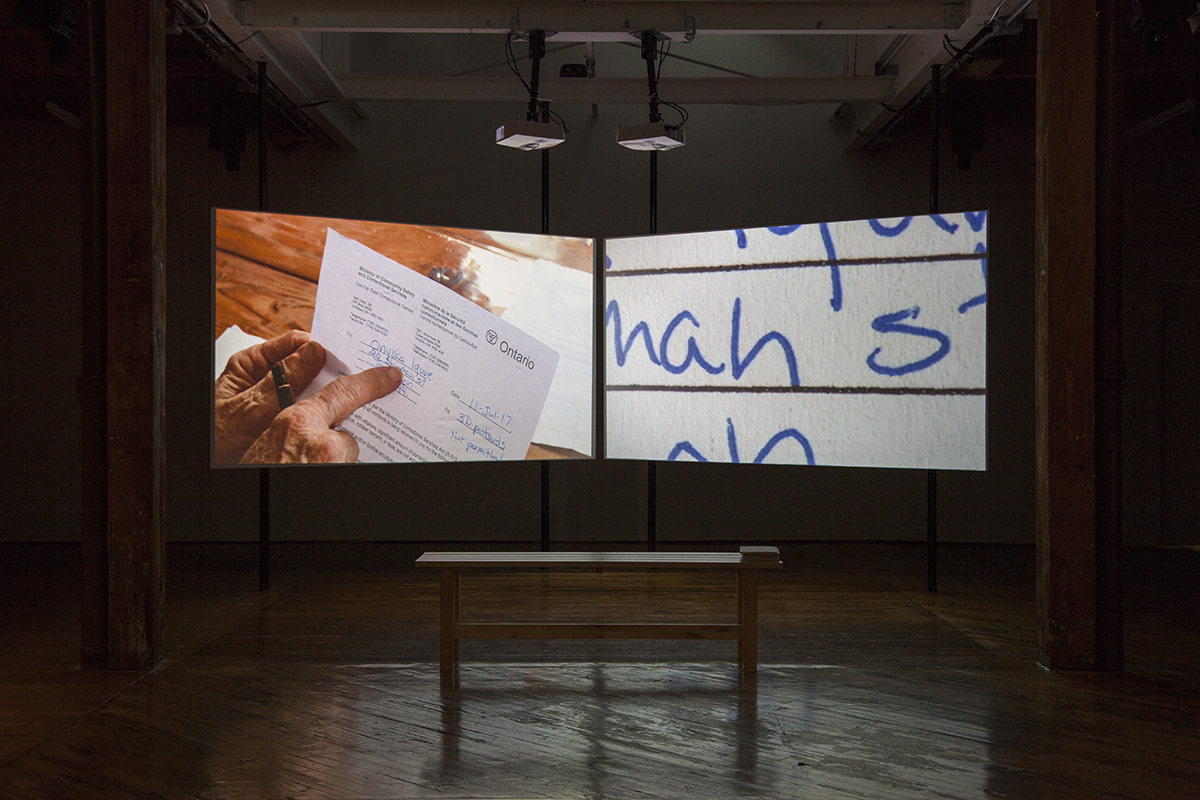
Zinzi Minott
The work of Zinzi Minott, born in 1986, focuses on the relationship between dance, body and politics. She is a former student of the Laban conservatory, the first dancer to become artist-in-residence at both the Serpentine Gallery and the Tate.
Minott explores how dance is perceived through the perspectives of race, queer culture, gender and social class. Specifically, her interest is in the place the black female body occupies in the formal vocabulary. As a dancer and filmmaker, you try to challenge the boundaries of dance. She sees her live performances, film explorations, prints and objects as diverse but connected manifestations of dance, as well as body-based expressions and modes of research.
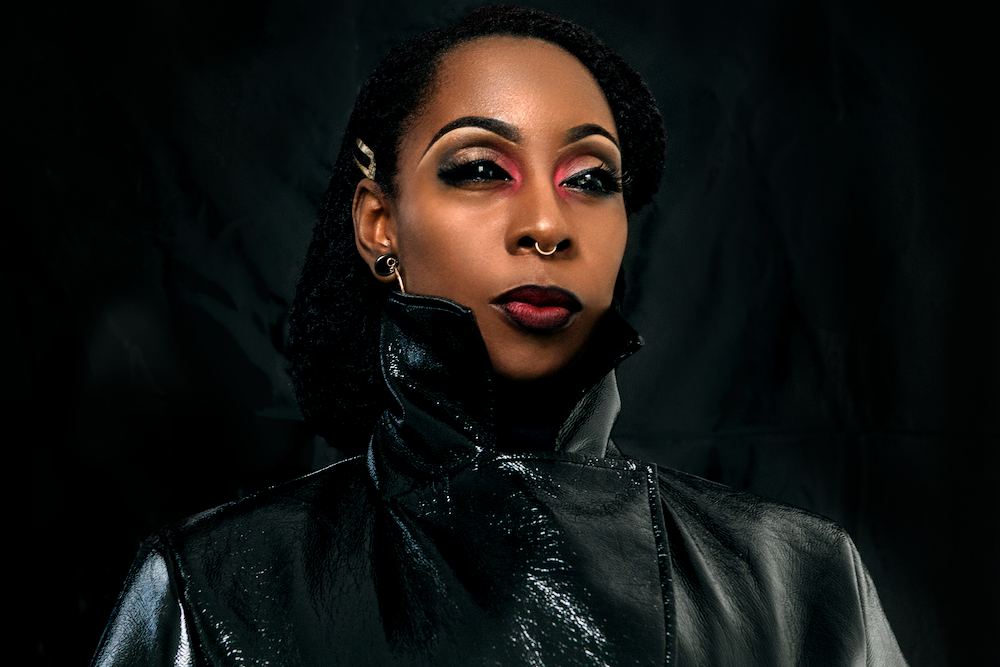
Minott is interested in broken narratives and non-linear lineages and how the use of the anomaly can help us evaluate certain racist notions that a black person is forced to relate to throughout their life. She is especially interested in telling stories related to Caribbean culture, highlighting the stories of those who were enslaved during the Atlantic black trafficking and the story of the subsequent exodus of the Windrush Generation.
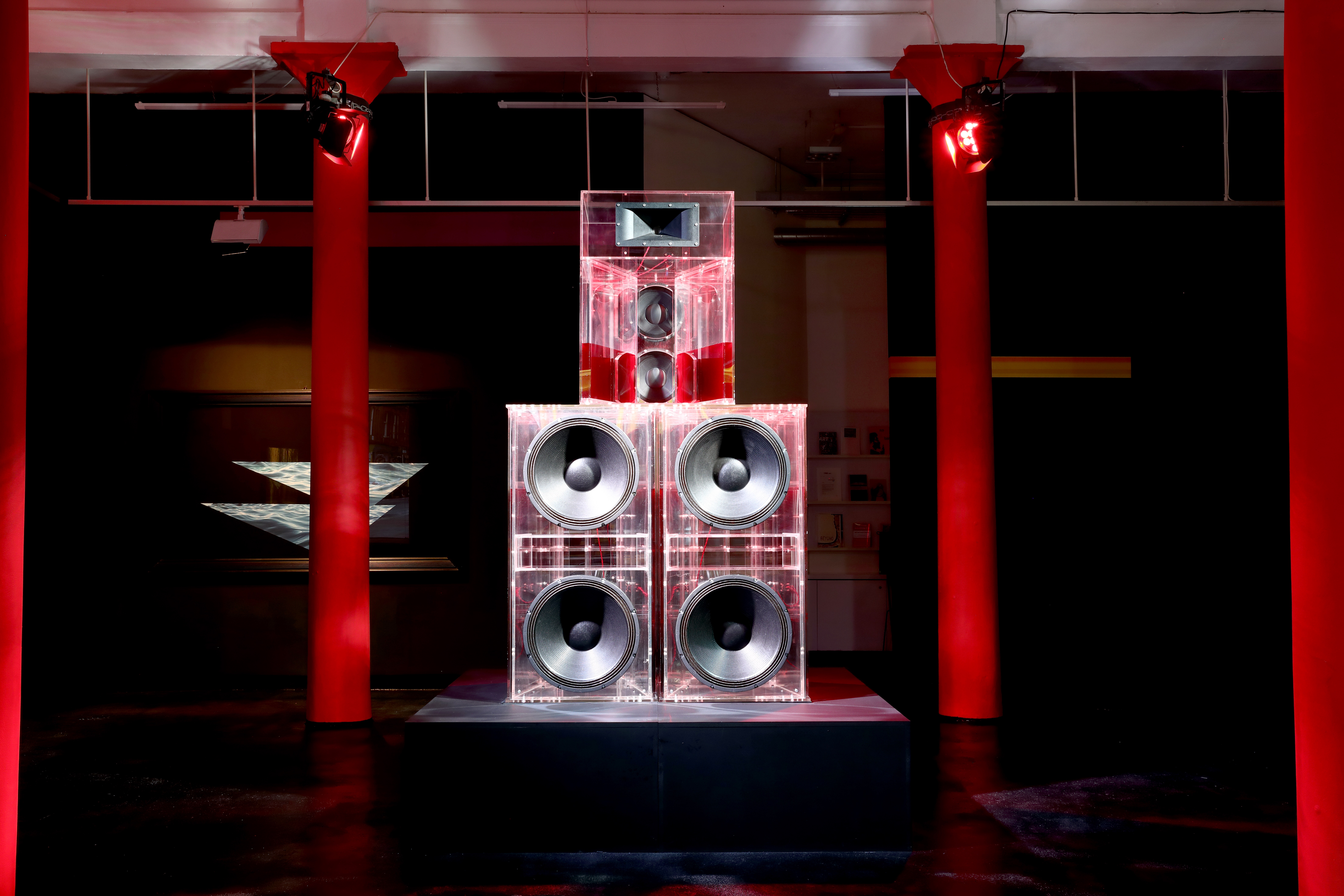
Dominique White
Born in 1993, Dominique White intertwines the theories of black subjectivity, Afro-pessimism and hydrarchy – a concept that recalls the organization and social order of life at sea – with the nautical mythologies of the Black Diaspora, through the term of “Shipwreck (ed)” [naufragrar(si)]reflexive verb and existential condition.
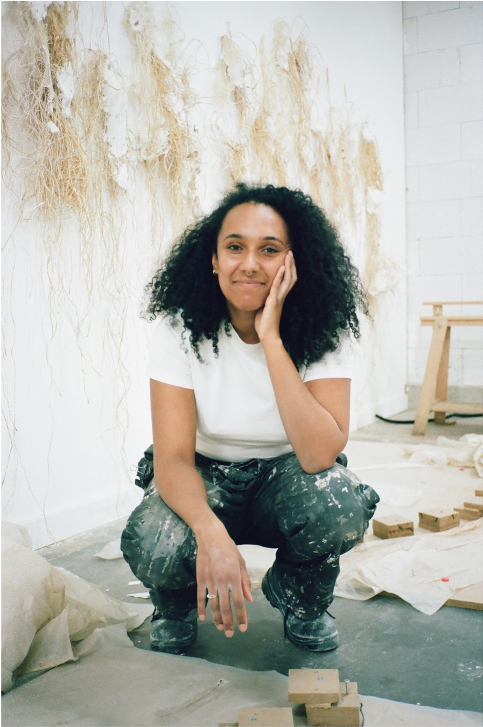
White lives between Marseille and Essex and often works without a permanent home. Recently he has participated in group exhibitions and projects also in Italy, such as “Hydra Decapita”, VEDA, Florence, and “Afterimage”, MAXXI L’Aquila. She received the Roger Pailhas Prize (Art-O-Rama, France) in 2019 during her solo show at VEDA and in 2020 she received awards from Artangel (UK) and the Henry Moore Foundation (UK).
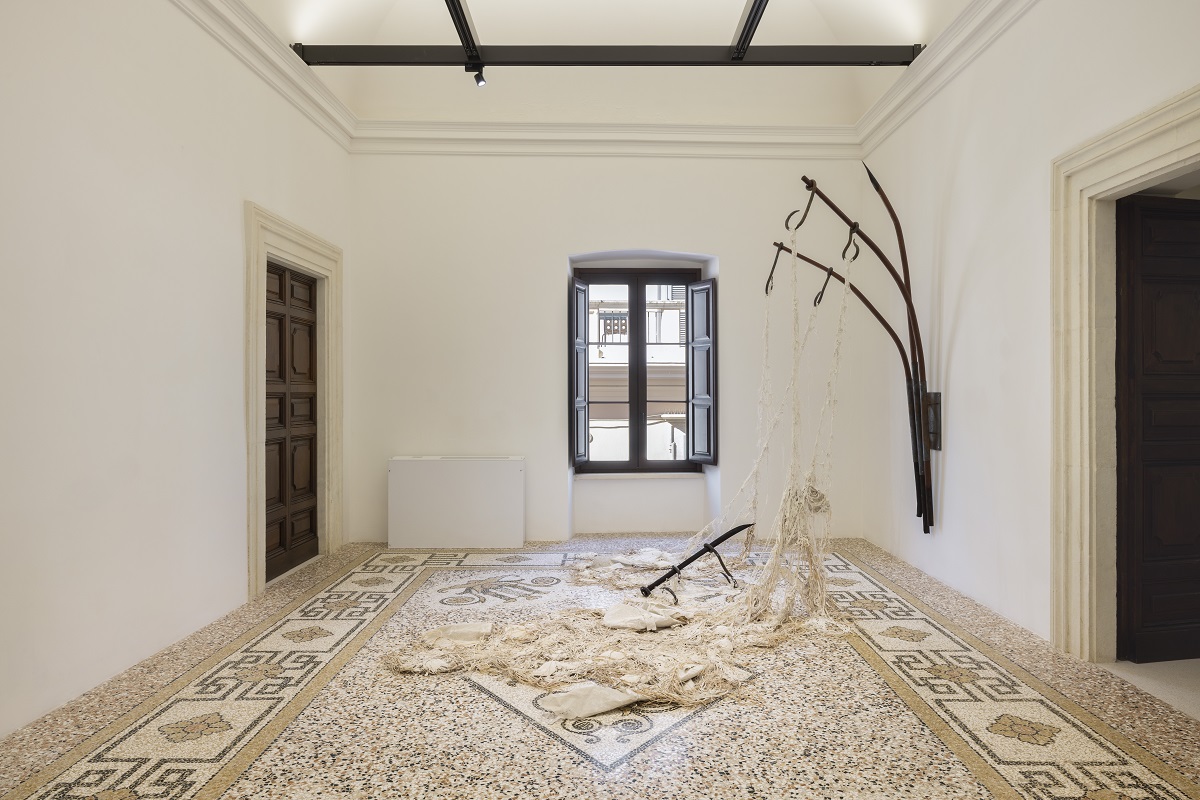
Max Mara Art Prize: who are the finalists of the 2022-2024 edition

